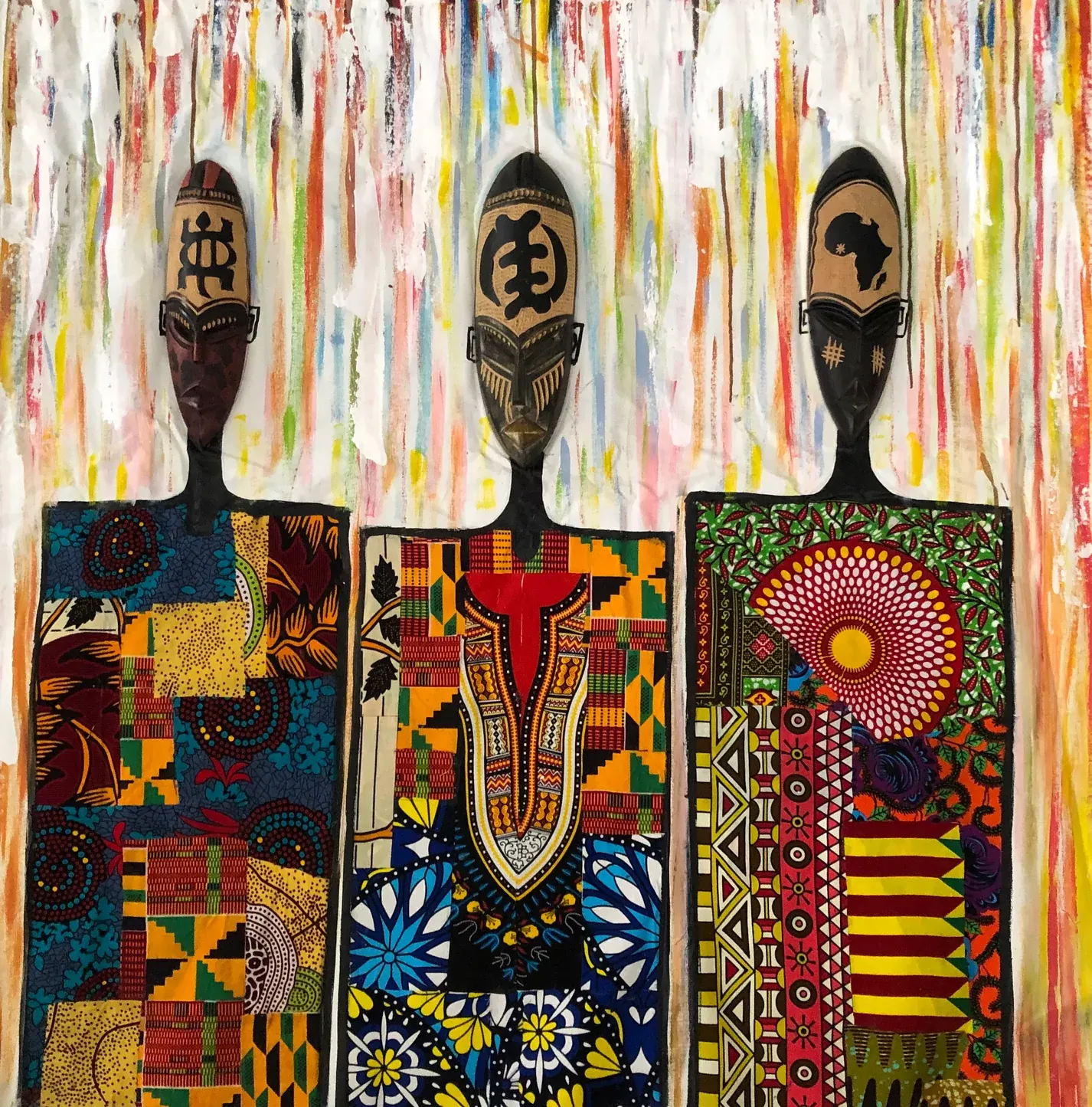
The Importance of African Art
Share
African art has been around for thousands of years, but it's only recently that its importance has been recognized. Many museums and galleries around the world feature African art in their collections.
African art has influenced many artists in many different ways. Cubism, for example, is a style of abstract art that Pablo Picasso first developed during the first decade of this century. This movement focused on using geometric forms to create compositions that were more than just simple designs; instead, they were viewed as expressions of energy and movement.
African art is a part of the culture. African artists have been creating works that can last centuries. However, they still use traditional materials such as wood or stone to make these sculptures because it gives them more control over how their work looks when finished.

Africa has contributed significantly to world art history through its unique expression style, which includes traditional forms such as sculpture and dance and modern trends like painting or photography. Its contributions cannot be ignored or trivialized because they are integral to understanding what makes us human.
The importance of African art is growing, and many museums recognize its place in the world. New York City's Metropolitan Museum also displays these subjects and history-related pieces, such as Egyptian artifacts or Greek vases made during ancient times.
The value of African art is in its history. African art is a reflection of the history and culture of Africa. It is not just an art form but also a representation of the people who created it.